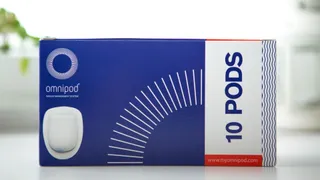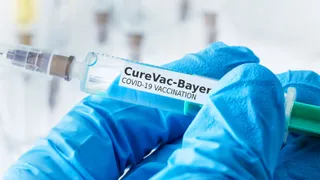Latest News & Features
Refine Search
Careers
Simon Wright says he will focus on engagement with in-house and SME members, as well as support the UK rejoining the UPC and more as he takes the reins at the Chartered Institute of Patent Attorneys. 9 January 2026
Americas
Important questions about when companies must act on suspicions of theft and whether damages can stack with injunctions were raised in a dispute that has already sent ripples across med tech. 8 January 2026
Americas
Crop science division alleges that vaccine developers used patented mRNA stability technology in shots that earned them around $140 billion in global sales. 8 January 2026
Europe
An inaugural, first-of-its-kind project by sister title WIPR aims to highlight the world’s leading in-house intellectual property counsel—and it needs your help. 8 January 2026
Careers
A Brussels-based partner, specialising in pharmaceuticals and biologics, jumps ship as a competitor firm continues to build out its EU healthcare regulatory bench. 7 January 2026
Europe
As he hands over the baton, Bobby Mukherjee reflects on his time leading the Chartered Institute of Patent Attorneys—from progressing the soon-to-be-launched paid apprenticeship schemes to engaging with the UK body’s in-house members. Sarah Speight reports. 7 January 2026
Americas
The new recruits from a boutique Boston firm enables Merchant to expand and strengthen its tech and life sciences offering in the innovation hub. 6 January 2026
Asia
Danish pharma giant notches an important victory in a huge market for semaglutide, but faces a patent cliff and mounting challenges across India, Canada and the US. 6 January 2026
Europe
As Edwards secures another win against its rival, LSIPR talks to Siddharth Kusumakar—partner at Powell Gilbert and counsel for the winning party. 6 January 2026
Careers
The firm brings in a former Plesner director and Novo Nordisk in-house counsel with regulatory and compliance expertise. 5 January 2026



